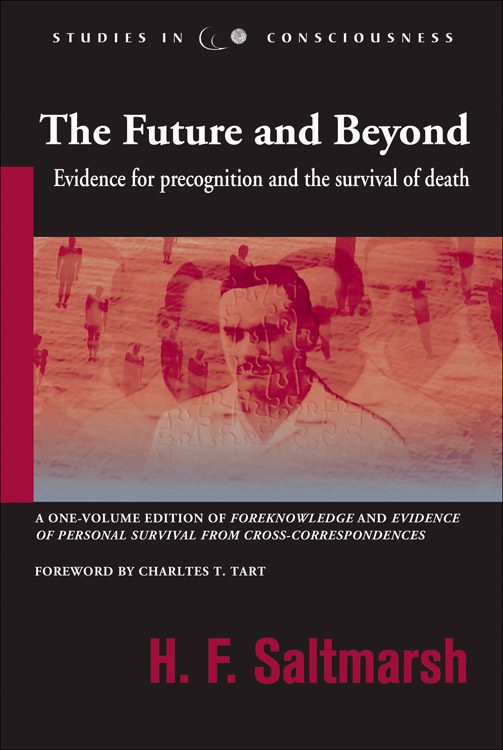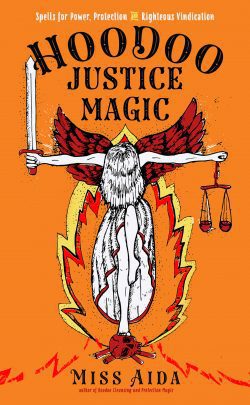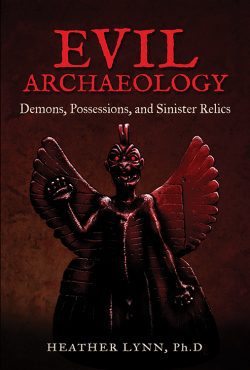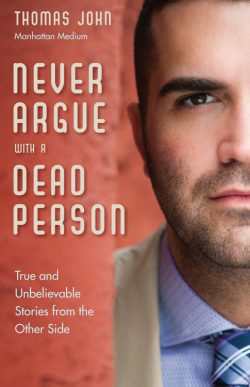The Future and Beyond comprises two of Harold Francis Saltmarsh’s literary and scholarly jewels. Foreknowledge is Saltmarsh’s thoughtfully organized summary of compelling data from the early 20th century for the existence of non-inferential precognition. He analyzes these startling, well-documented cases of the future affecting the past, discusses the implication of this data for our understanding of free will and causality, and proposes the existence of an extended subliminal present from which we obtain information about the apparent future.
In Evidence of Personal Survival from Cross Correspondences, Saltmarsh brilliantly unravels and clearly explains F. W. H. Myers’ famous postmortem communications known as cross-correspondences. Myers, a great classics scholar and passionate psychical researcher of the 19th century, apparently sent messages after his death to several well-known spirit mediums on distant continents. Only partially intelligible separately, the messages proved to combine like jig-saw puzzle pieces. They offer striking evidence for the survival of the intelligence that was Myers, and provide some of the best evidence we have for the survival of bodily death. Myers’ purpose, presented by Saltmarsh, was to show that these messages were not telepathic or clairvoyant perceptions but were actually communications from the deceased Myers.
These two rare books, published here together, belong in the library of anyone endeavoring to understand psychic phenomena.
“Saltmarsh’s precognition book deals with all these issues in a reliable, sophisticated, and quite readable way that is very intriguing. And, regardless of my (or your) personal psychological resistances, the laboratory evidence for the reality of occasional precognition is still very, very good.
Too, while many of us prefer the intellectual clarity of laboratory studies, where we have a limited set of known conditions, it is the richness of spontaneous precognitive events in life, even if complex, that gives us the most important hints as to their nature and function. Saltmarsh’s cases, though old, are rich indeed. . . .
Here we come to the major contribution of Saltmarsh’s second book–the evidence for survival from the cross-correspondences. As is detailed in the book, several psychical researchers struggled with this problem while alive, then died. They then apparently got together on the other side and figured out a way to cooperatively send messages through various mediums that taken separately would make no sense, but put together by living researchers would provide much stronger proof of survival. It would seem preposterous for the unconscious minds of a number of mediums to be able to telepathically cooperate in such a sophisticated fashion, so the possibility that we actually survived death would gain much stronger support.
Were the cross-correspondences, the demonstration organized from the other side, successful? Personally, I can’t tell in any final way: The cases involve quotations and allusions to classical literature that I don’t know enough about for me to reach a firm conclusion. The experimenters and educated people of those times were far more familiar with the classics than most of us today, it was a natural language for them. But is the material fascinating? Yes! Is it one of the most interesting ideas to come along? Yes! And perhaps most importantly, I hope this example of ingenuity will inspire new researchers to devise other ingenious ways to study the survival question. We need to know!” –from the foreword by Charles T. Tart





